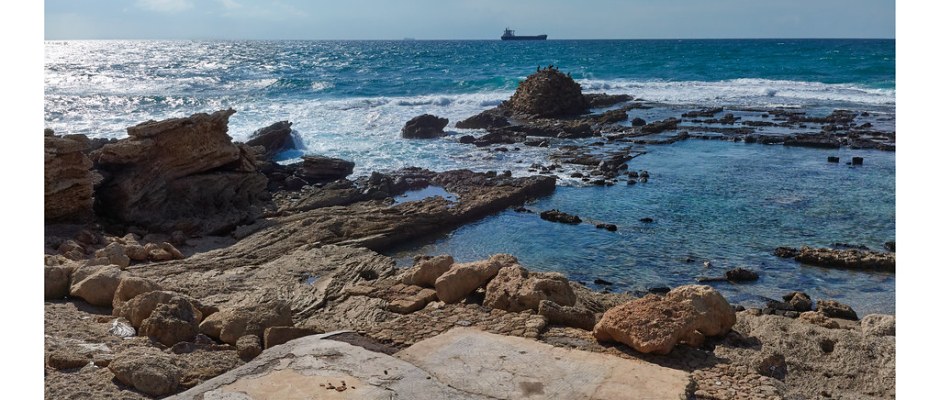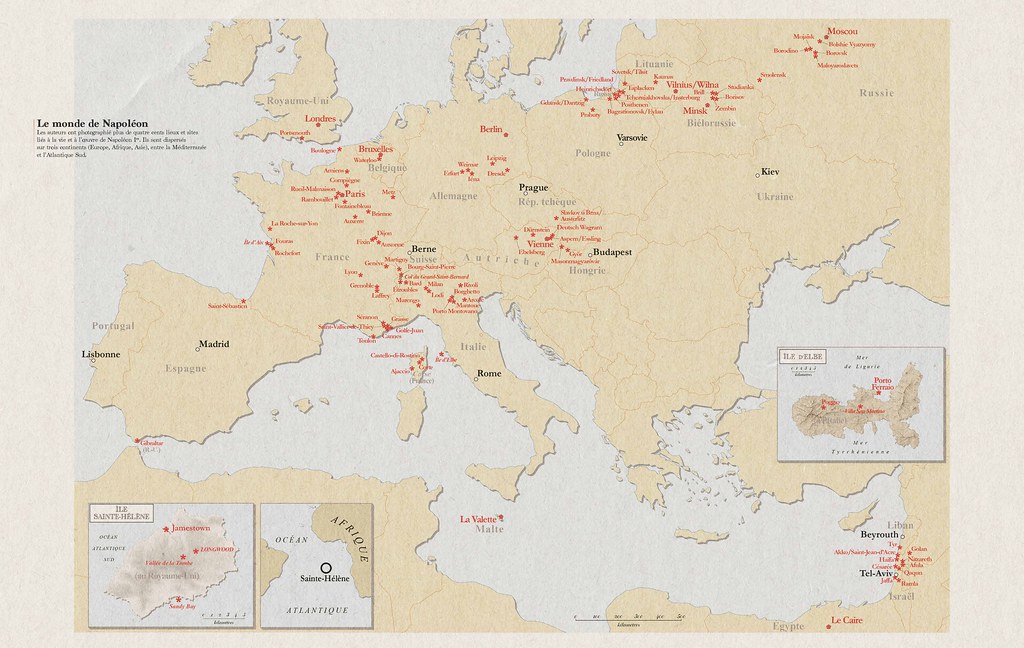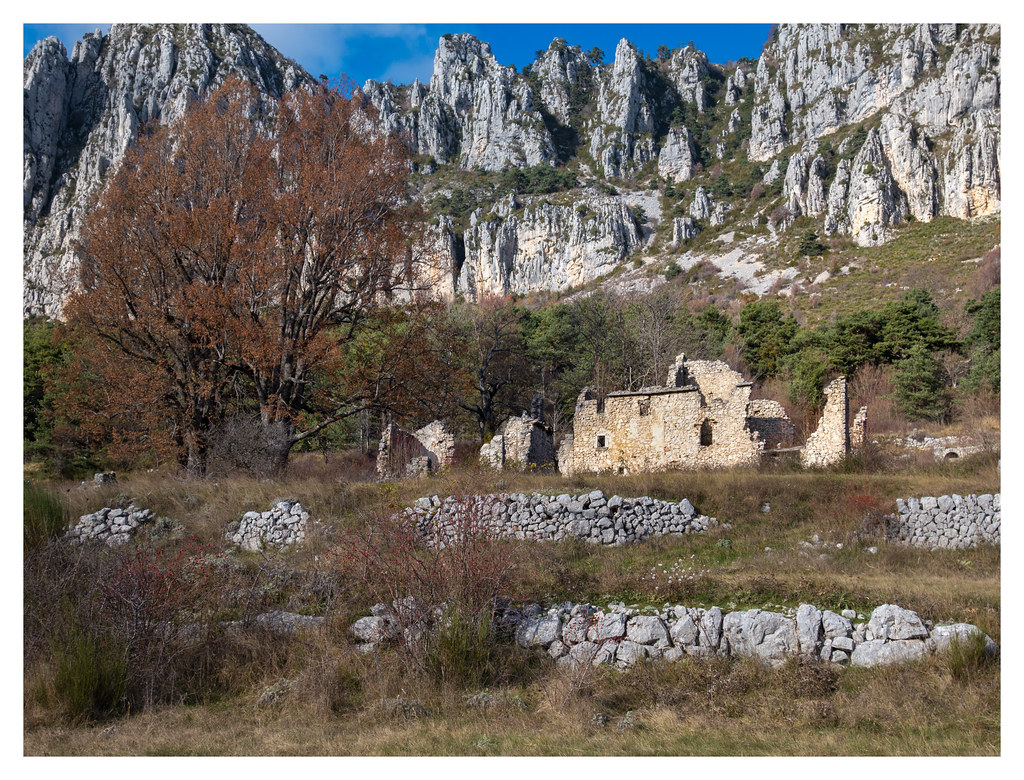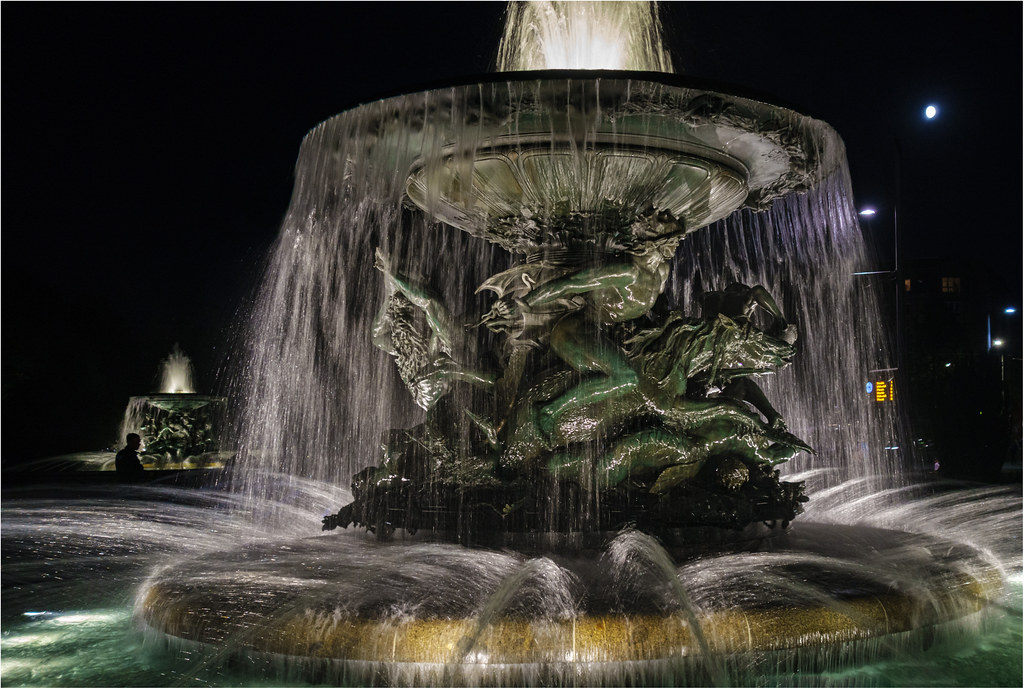Photographers and Flickr members Annabelle Matter and Alexis Gérard have traveled the world together to retrace the history of Napoleon. Now, they’re sharing that journey in Napoléon: L’Esprit des Lieux, a comprehensive photo book that includes their photography of these historic settings. Annabelle and Alexis spoke to us about how they researched Napoleon’s life and journey, their selection process for deciding which photos to use in Napoléon: L’Esprit des Lieux, and how they see this book and their photography serving as a visual aid for Napoleon’s life and his impact on French and European history.
About Napoléon: L’Esprit des Lieux
What inspired you to embark on this project and what message are you trying to share with Napoléon: L’Esprit des Lieux?
Annabelle and Alexis: The life of Napoleon is an incredibly compelling subject for a photo essay. It’s perhaps the most extreme personal “rise and fall” destiny in history, and it unfolds over territory ranging from Israel to Russia. Our book shows our three year journey in Napoleon’s footsteps, traveling over 140,000 kilometers to more than 400 locations. These places are very diverse geographically and culturally, often remote and exotic, and enriched by layers of history.
For example, the Borodino battlefield also has Soviet monuments that commemorate a World War 2 battle between Russian and German tanks, the pool where Napoleon swam during his retreat from Acre is still there in the ruins of the Roman city of Caesarea, and so on. As we say in the title of our book our goal as artists is to go beyond the appearance of the places we photograph to give readers a glimpse of their spirit. We hope anyone who enjoys travel photography and fine art photography will check it out. The first printing of the book has already sold out, so we think [people are gravitating towards it].
In addition to sharing the spirit and backstory of some of these places –– do you see Napoléon: L’Esprit des Lieux serving as an educational supplement?
Annabelle and Alexis: It definitely can. Humans are visual creatures, so seeing the place where an important historical event happened can provide a more vivid and memorable learning experience than just reading about it. We know that in France teachers have bought the book. We hope they’ll experiment with using it that way, and we’d love to hear about it.
Working with a creative partner
How did you two work together when it came to retracing Napoleon’s footsteps and creating the book?
Annabelle and Alexis: Generally Annabelle did the initial historical research, Alexis did the networking, and we jointly did the logistics work – itineraries, visas, flights, accommodation and local transport, permits and so on. Alexis also handles the archiving and backups for the project’s image library.
On location we photograph separately, then each of us selects our best images and we put them in a pool from which we jointly select the “finalists.” Almost every one of our photographs is “touched” by both of us at some point in the process of arriving at a final image. We have different skill levels with various software programs, so whoever can do what’s needed to produce the best possible result does the work regardless of which one of us clicked the shutter. That’s why our images aren’t tagged as being authored by either one of us, they’re all by “us.” This also reflects the fact that we’re not just co-authors, we’re a couple. Which, by the way, started when we discovered each other’s photos on Flickr in 2014.
How did you research and find locations relating to the project?
Annabelle and Alexis: The work starts with learning the chronology of Napoleon’s life but after you’ve listed the events and the places where they happened, things can get tricky. Over the span of 200 years there have been changes in names and jurisdictions, for instance the village of Eylau in Prussia where a key battle took place is now called Bagrationovsk and it’s in Russia. There are many such instances.
The locations of some events have become hard to pinpoint and access. The most difficult challenge is gaining entry to places that have fallen “off the grid” and are often now in private hands like, surprising as that is, many of the key locations at Waterloo. It’s also the most rewarding because you get to meet the people who live there, and you photograph and share an important historical site that no one has been able to see for decades or more. We were privileged to be able to build a network of historians, enthusiasts, officials and others who knew their regions really well and helped us greatly. That’s why the “acknowledgements” section of the book is two pages long!
Tell us more about who you met while retracing Napoleon’s footsteps. What role did they play in bringing this project to life?
Annabelle and Alexis: It all started with Thierry Lentz, the Director of the Napoleon Foundation in Paris who after seeing our first pictures was kind enough to provide letters of introduction and endorsement, historical guidance, and leads to people and places. From there we gradually built a network of over 100 “friends of the project”, many of whom we’re still in touch with. Not only were they key in getting the work done, the times we spent with them are among our best experiences and fondest memories.
One of the most beautiful happened at the Mount Tabor battlefield in Israel, where Napoleon’s infantry defeated the Ottoman cavalry. This site is extremely difficult to find now, it’s not even officially recorded. Allon Klebanoff, an Israeli historian who knew the location based on some exploratory digs, brought us there. When we arrived we found an almost unphotographable scene: A sloping field with neither foreground nor background features to provide structure and depth, under very flat and difficult light. We stood there surveying the scene, trying to locate another point of view that might work better, and were about to get back in the car in search of one when something amazing happened. A horseman in all-black clothing on a beautiful golden brown mount emerged from our right and started riding back and forth across the field. We took dozens of shots and, when both of us lowered our cameras and looked at each other, sharing our amazement at what we’d just experienced, he waved and smiled at us and disappeared in the direction he’d come from. A magical moment that we and Allon will always treasure.
We also learned a ton about creating a coffee-table book of photography by working with the design and production teams at Editions Michel Lafon, they deserve huge credit for the final result.
What was the process for looking through all of the photos that you took and selecting which ones would be in the book?
Annabelle and Alexis: We decided to use the structure of a biography as our guide for sequencing the images in the book: they tell the story of Napoleon’s life following its chronology, starting with his birth and childhood in Corsica and ending, after his death in Saint Helena, with the recovery of his body forty years later and its transport to the Invalides in Paris. Then we had to fit that narrative into 220 pages, which ended up being 300 images.
We had to cut down from over 1,500 finished pieces selected from our roughly 80,000 original raw shots. No question about it, that’s a painful process! We started by deciding which images were indispensable, the really strong shots of the famous iconic locations like Notre Dame, Austerlitz, Waterloo, Saint Helena, etc. Then we fleshed out the story with images of Napoleon’s more private life – his two marriages, his residences, the places where he liked to take walks, and so on. We selected shots that give a sense of the person, not just the legend. For instance because he was a voracious reader we show his collections of books, and because he was a man with simple tastes we show the army cots that he liked to sleep in, rather than the palatial beds that were there mostly for show.
What was your favorite location to visit together and why?
Annabelle and Alexis: As photographers we respond most strongly to places that have not been staged for visitors, whether they’re landscapes, structures or interiors. That enables us to connect better with what we call their “spirit,” the poetic dimension imbued by their aspect and their history. Three places that come to mind very readily:
Saint Helena, an extremely remote island 2,000 kilometer off the coast of West Africa, with downright bizarre climate and topography, that in many respects has changed little since the days of Napoleon’s presence there. You can visit the house where he lived and the tomb where he was buried in a forest glen. And you’ll be the only one there. It’s a very powerful experience to connect with the places where one of the most powerful men in history ended his life in exile.
There’s also the village of Studienka in modern-day Belarus where the starving freezing remnants of the Great Army crossed the Bérézina river amid terrible carnage and suffering to escape annihilation by the Russians. There too it feels as though the site has not changed in 200 years, and you are alone and undisturbed to connect with and feel the weight of history. On the day we were there a thin layer of snow covered the ground like a shroud. The light was extraordinary, the village was deserted, silence reigned. It was truly poignant.
Then there’s the Bastide du Broundet, high in the Southern French Alps, where Napoleon spent the night sleeping fully clothed on a chair during his “flight of the eagle”, when he escaped from his first exile on the island of Elba with a hundred companions and recaptured France in three weeks without firing a shot. The ruined building surrounded by majestic peaks is located at an altitude of more than 1000 meters in a very sparsely inhabited region of the Alpes Maritimes. It feels as though nothing other than the passing of time has changed the aspect of this place since the day when it offered the Emperor a night’s rest.
About Annabelle and Alexis
Annabelle Matter has been fascinated by the visual arts since a very early age. Her first artistic endeavor was an attempt to copy Rembrandt’s Night Watch when she was four years old. This led to her studying fine arts and art history in college. She later tried out different artistic mediums while working as an executive for the world’s largest textile group, until she realized that photography was how she wanted to express herself and share her vision of the world. Annabelle is represented by AKG Images.
Alexis Gérard is a travel and fine art photographer and an imaging tech futurist. In the 1990s he founded Future Image Inc. and was President of the Digital Imaging Group industry consortium. In 2005 he co-authored the book Going Visual, forecasting a shift to mass visual communication. He currently co-hosts the Visual 1st conference. His photography has been included in exhibitions in California, Vermont, and Spain and published by the National Geographic Society, Focal Press, and by print and online magazines. He is represented by AKG Images and Farmboy Fine Arts.
Alexis and Annabelle co-authored Napoléon: L’Esprit des Lieux and they have many more projects in the works. If you ever meet them or speak to them online, they’ll happily tell you that they met on Flickr in 2014. Be sure to follow them on Flickr to stay informed of their work and photography. If you are near Fontainebleau, France later this year, you can visit an exhibit featuring about 100 of their photographs at the Salle des Fêtes du Théâtre Municipal de Fontainebleau between October 8th and November 2nd.









